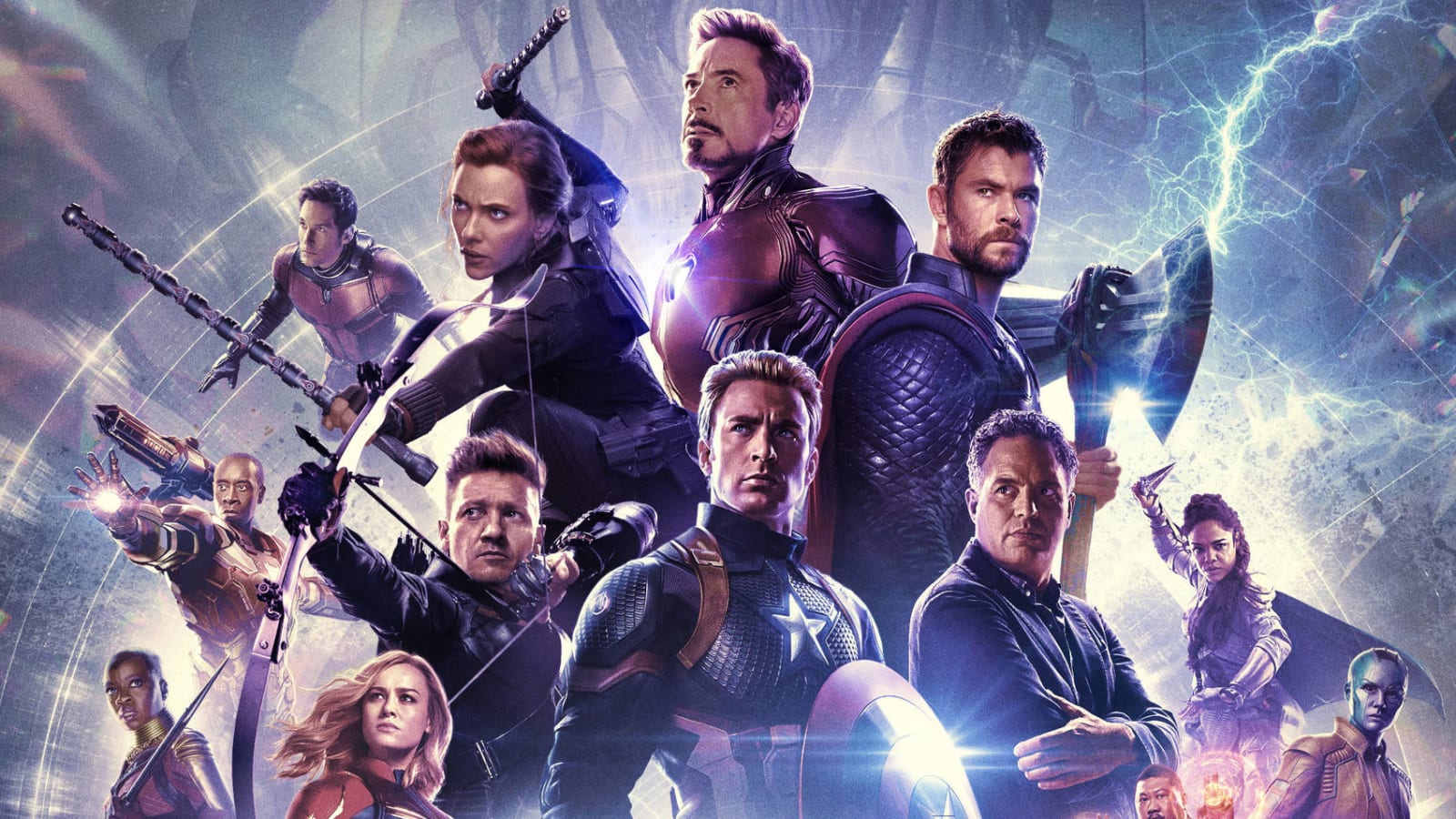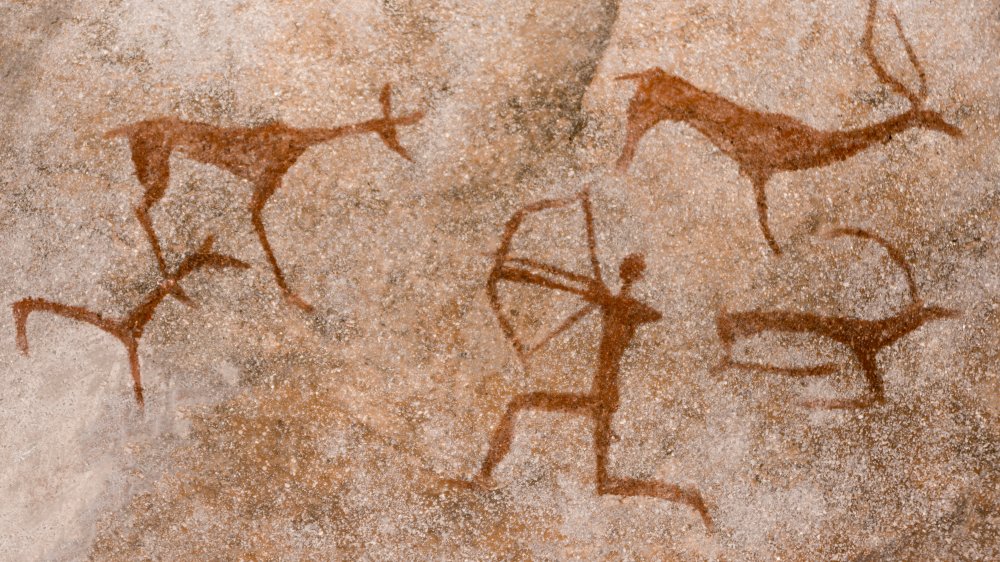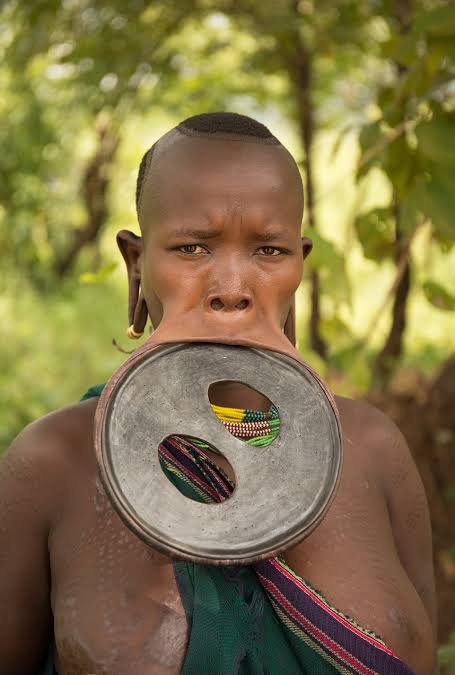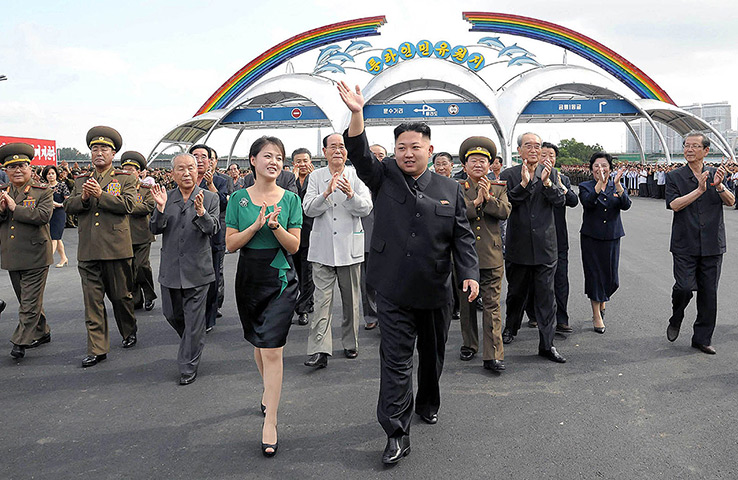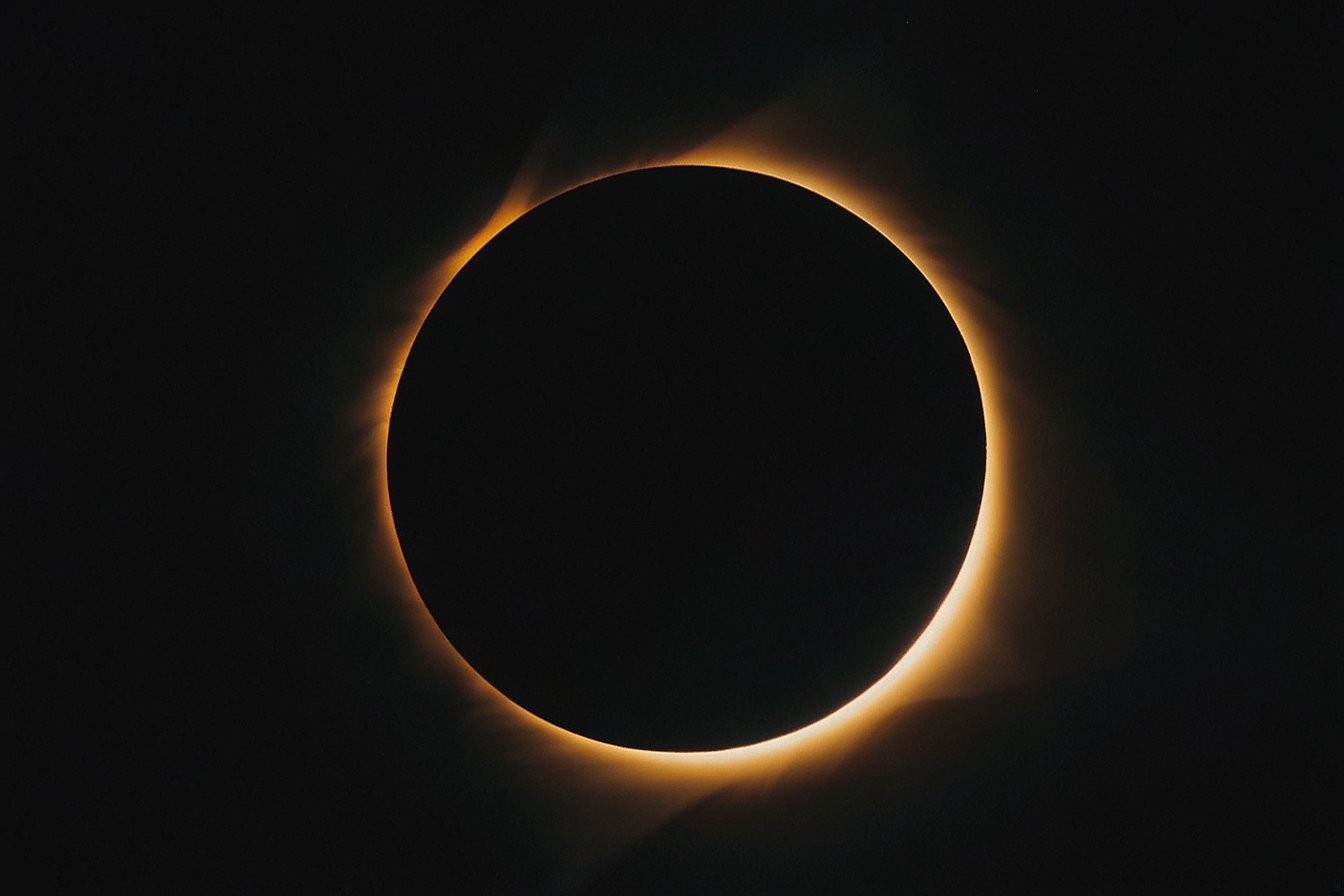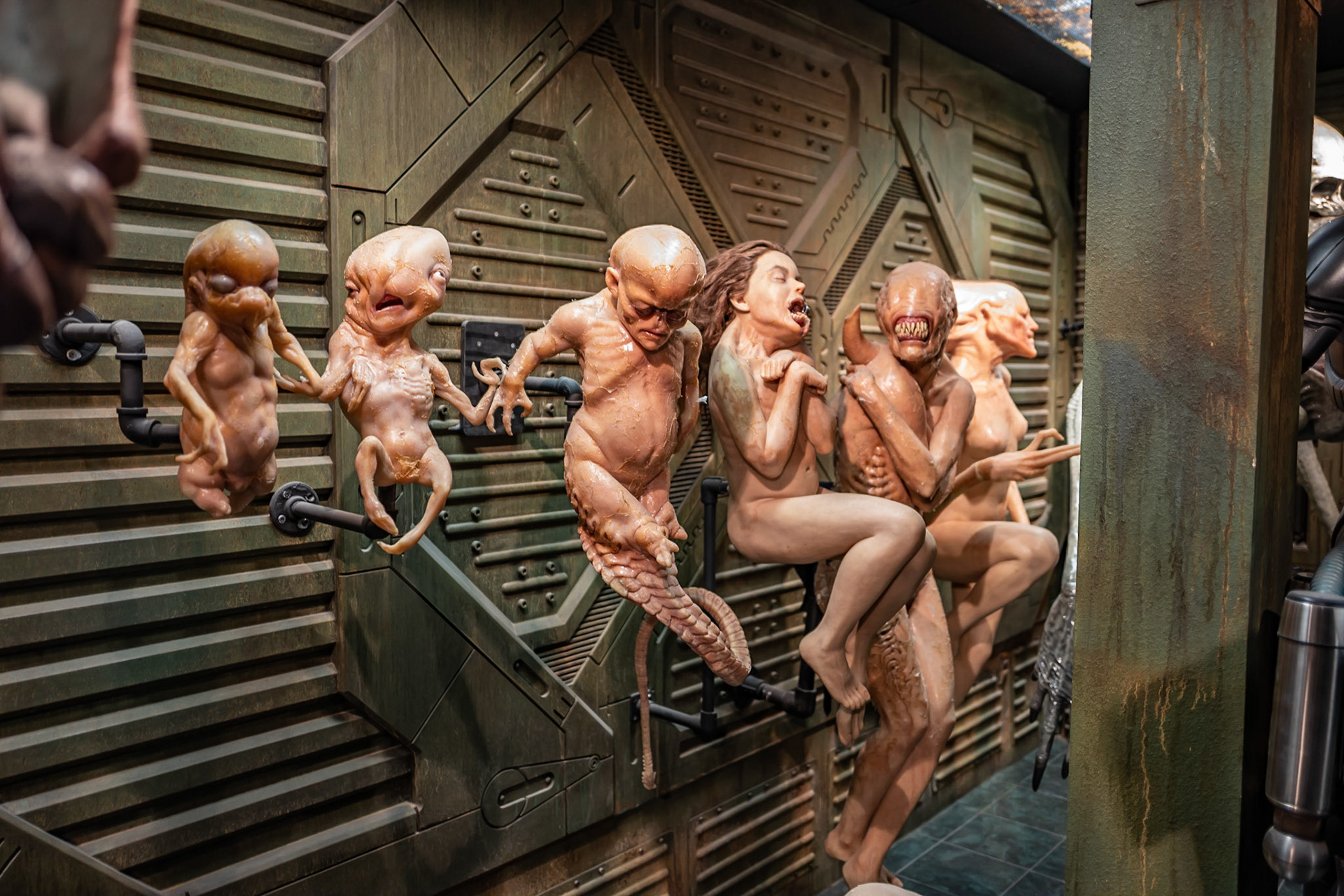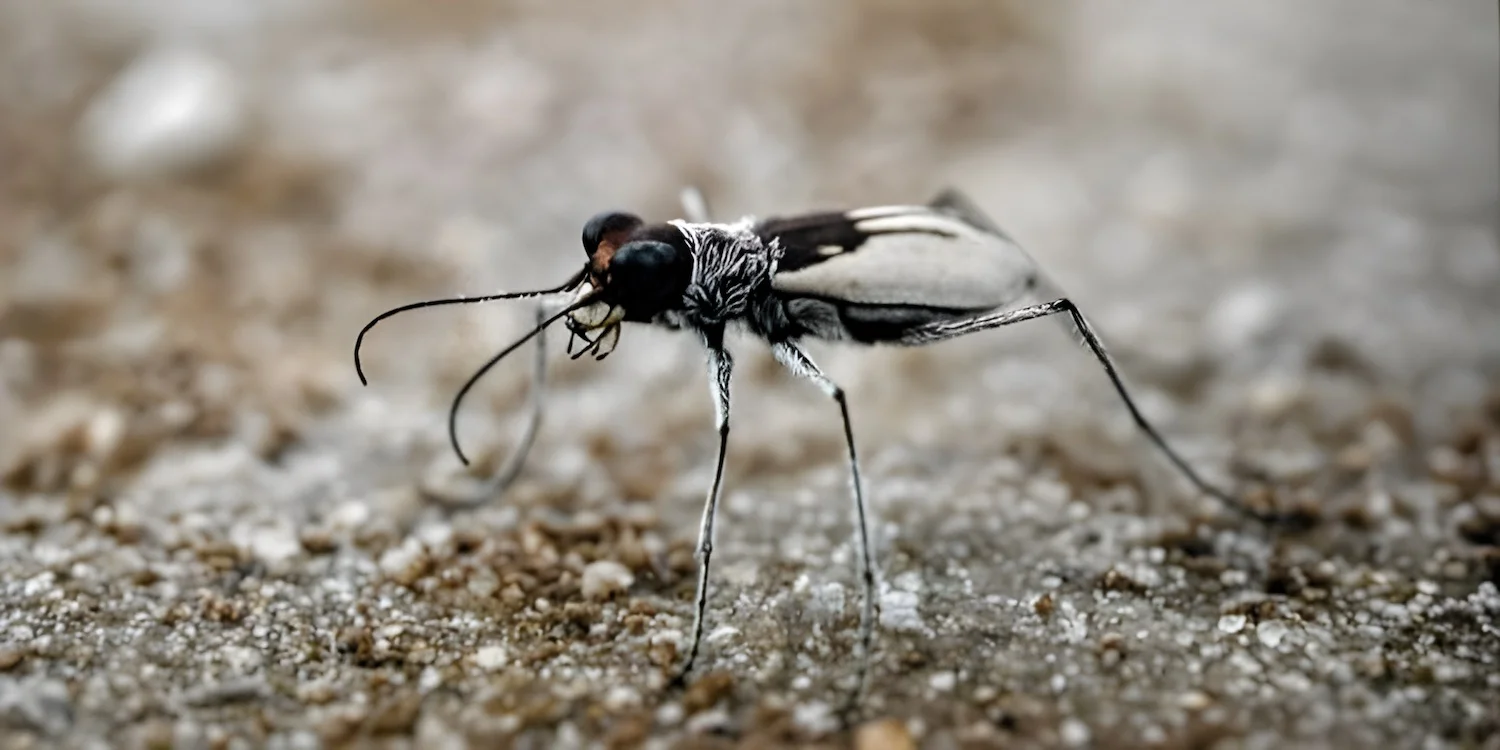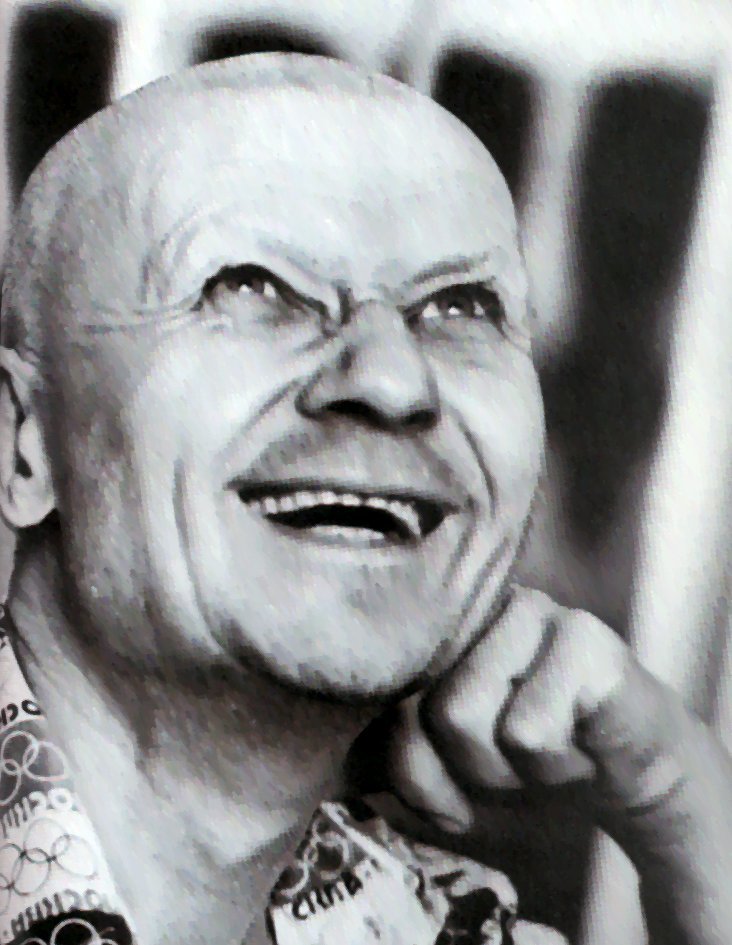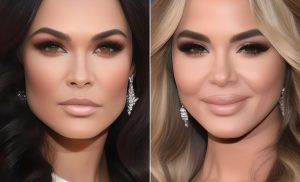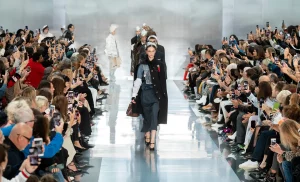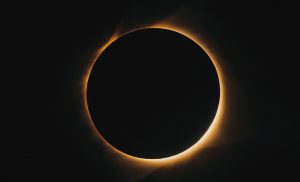Unveiling the Dark Side of the Modeling Industry
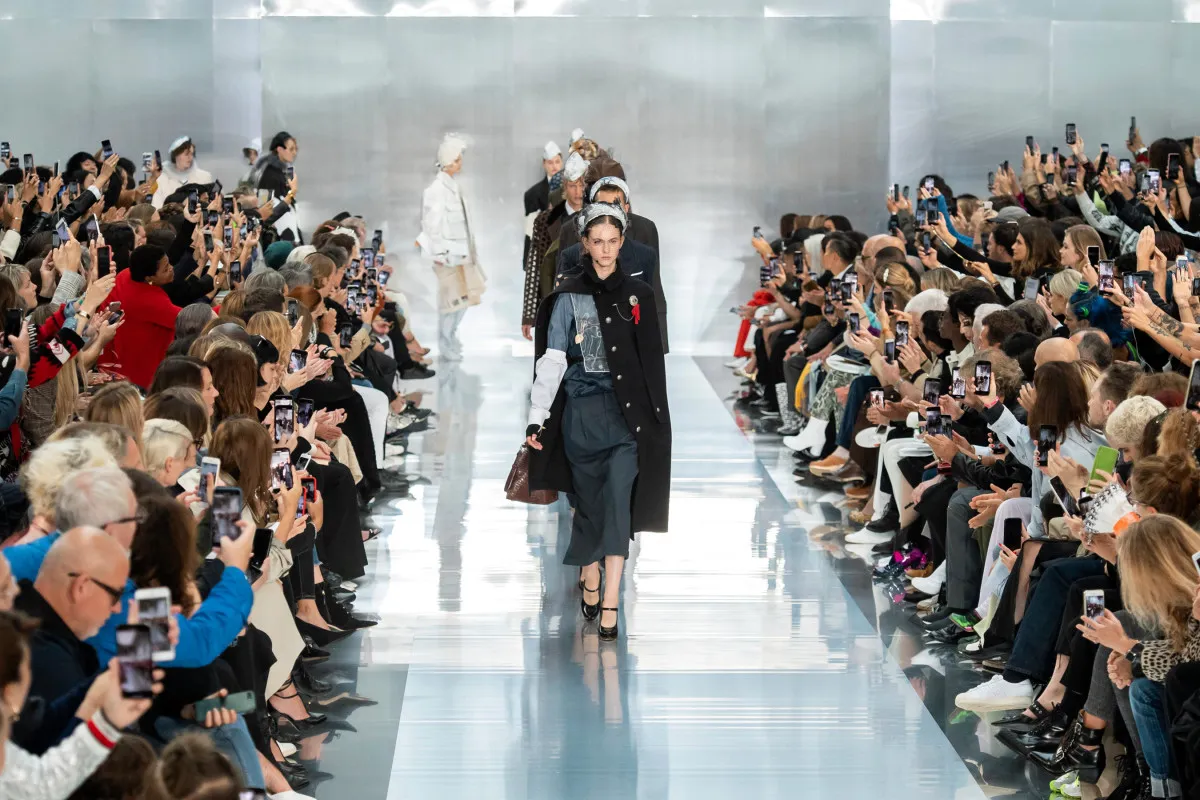
The modeling industry may seem glamorous, but some really tough things happen behind the scenes. Underneath all the fancy stuff, there’s a lot of unfair treatment, discrimination, and emotional distress. Models often feel pressured to present a polished version of themselves on social media, which can add to their stress levels. The constant scrutiny and comparison can also lead to feelings of anxiety and depression, worsening the mental health issues faced by models.
The modeling industry’s preoccupation with physical appearance and perfection creates a harmful and toxic environment that undermines the well-being of models and reinforces harmful stereotypes about beauty and value. Here are eight not-so-nice things about the modeling industry, each explained with a story that shows how tough it can be.
Body Shaming And Unrealistic Beauty Standards
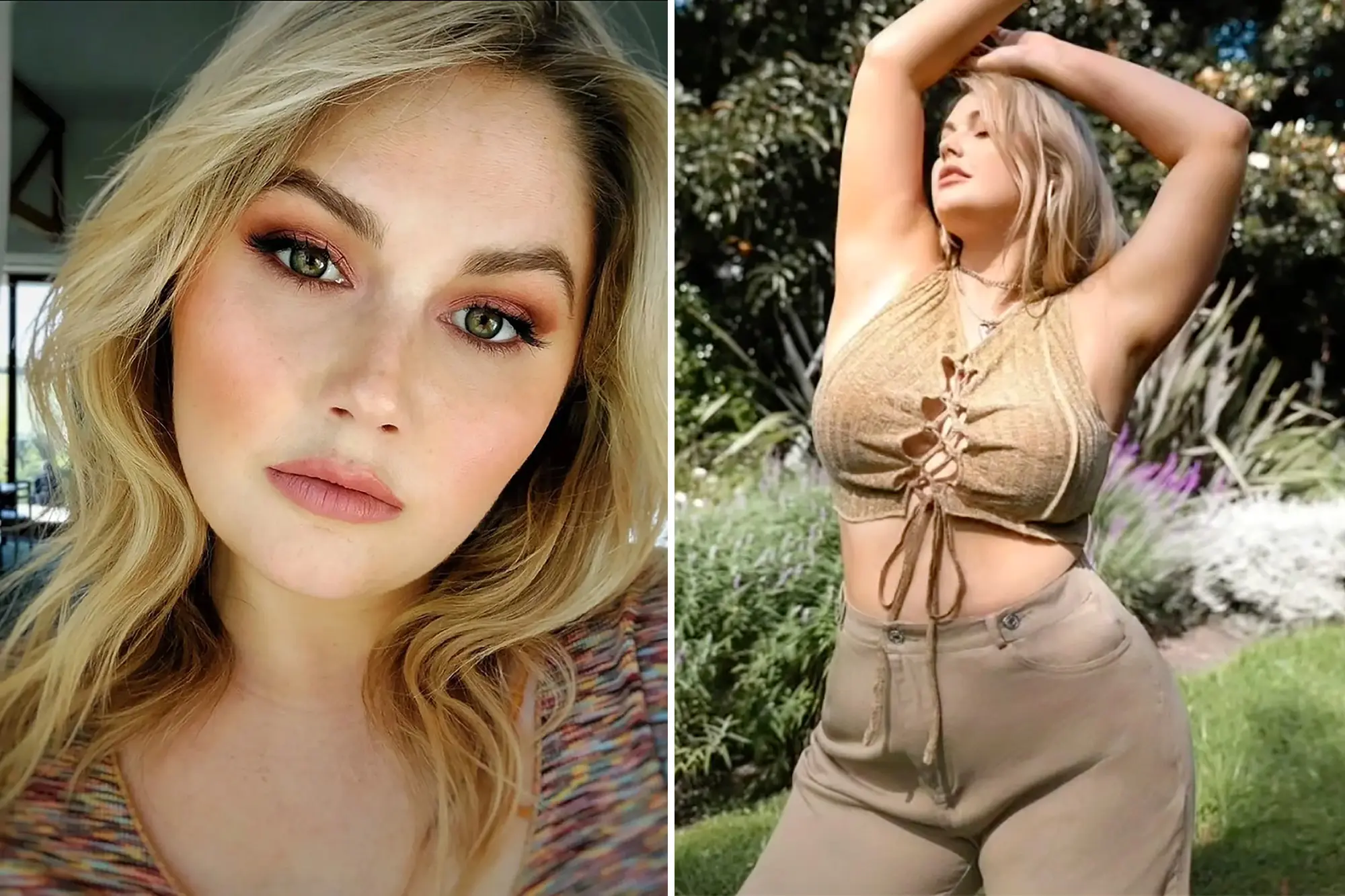
Body shaming and unrealistic beauty standards are pervasive and damaging aspects of modern society, particularly within industries like modeling. These standards often suggest that beauty is limited to a specific body type, leading to the marginalization and mistreatment of individuals who do not fit into this narrow mold.
Many models experience immense pressure to maintain a certain weight or appearance, often resorting to extreme dieting, excessive exercise, or even dangerous behaviors such as disordered eating to meet these standards. Doing things like extreme dieting not only makes models unhealthy but also makes the wrong ideas about people’s bodies stick around and makes eating disorders more common in the industry. However, amidst this sea of scrutiny and judgment, some voices refuse to be silenced, voices like Ashley Graham’s. Graham, a prominent figure in the fashion industry, has emerged as a trailblazer in promoting body positivity and challenging traditional beauty norms.
Throughout her illustrious career, Graham has faced her fair share of adversity. As a plus-size model, she encountered skepticism and rejection from agents and clients who deemed her curvier figure as incompatible with the industry’s ideals. Yet, instead of succumbing to the pressure to conform, Graham remained steadfast in her conviction to celebrate her body and inspire others to do the same.
Exploitative Contracts And Unfair Payment Practices
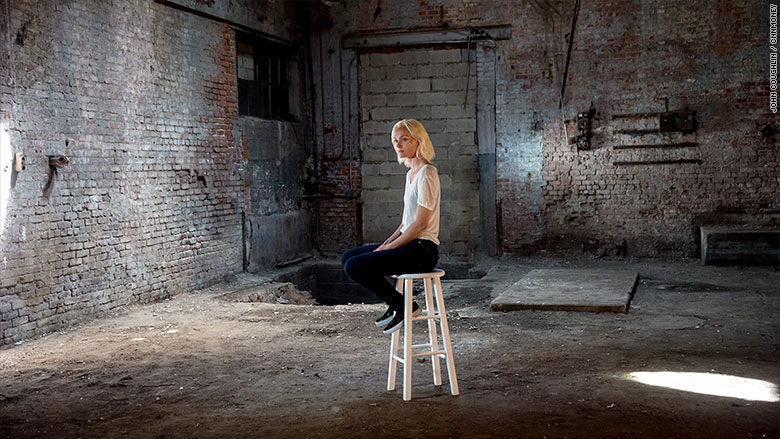
In the world of Modeling, the promise of fame and fortune often comes with a hidden cost: exploitative contracts and unfair payment practices. Many aspiring models, eager to break into the industry, find themselves ensnared in agreements that exploit their talent and leave them financially strained. Behind the glitz and glamour, hidden fees and deductions eat into models’ earnings, turning what seemed like a lucrative opportunity into a financial burden. Moreover, the lack of transparency surrounding contracts leaves models vulnerable to exploitation, as they may unknowingly agree to terms heavily skewed in favor of agencies or clients.
Unfair payment practices further exacerbate the challenges faced by models, particularly women and people of color who already face systemic discrimination. Female models are often paid significantly less than their male counterparts for the same work, while models of color experience even greater disparities in pay. Additionally, models may encounter delayed or withheld payments, further exacerbating financial strain and leaving them feeling undervalued and exploited.
Nidhi Sunil, an Indian model and actor, faced a comparable situation when she was selected by a New York-based agency, which pledged to sponsor her work visa and provide her with opportunities to thrive in the fashion industry’s epicenter. However, the agency imposed undisclosed fees, delayed her payments, and exerted control over her finances and work visa. Eventually, she found a more reputable agency and achieved success as a L’Oreal global ambassador and model.
Sexual Harassment and Abuse

Sexual harassment and abuse are deeply ingrained issues within the modeling industry, casting a dark shadow over what many perceive as a glamorous profession. Models, particularly those in vulnerable positions, frequently face unwanted advances, inappropriate behavior, and even assault from photographers, agents, clients, and other industry insiders.
In the world of fashion, models are often subjected to harsh beauty standards that prioritize thinness above all else. This often means they are forced to work in a hazardous environment where eating disorders run rampant and boundaries are frequently crossed. The culture of exploitation that exists in the industry is not just harmful to models, but it also reinforces harmful stereotypes about gender and sexuality.
The recent #MeToo movement In 2017 showed the world that sexual violence and harassment are pervasive issues that affect people from all walks of life. The allegations against movie producer Harvey Weinstein, which sparked the movement, revealed that high-profile men can use their power to perpetrate such crimes with impunity. The movement has increased awareness of these issues and empowered people to speak out against them.
It’s time for the fashion industry to look at itself and make changes. Models should be treated with respect and dignity, and agencies should prioritize their health and well-being over unrealistic beauty standards. Doing so can create a safer, fairer, and more equitable industry for everyone.
Lack of Diversity and Racial Discrimination
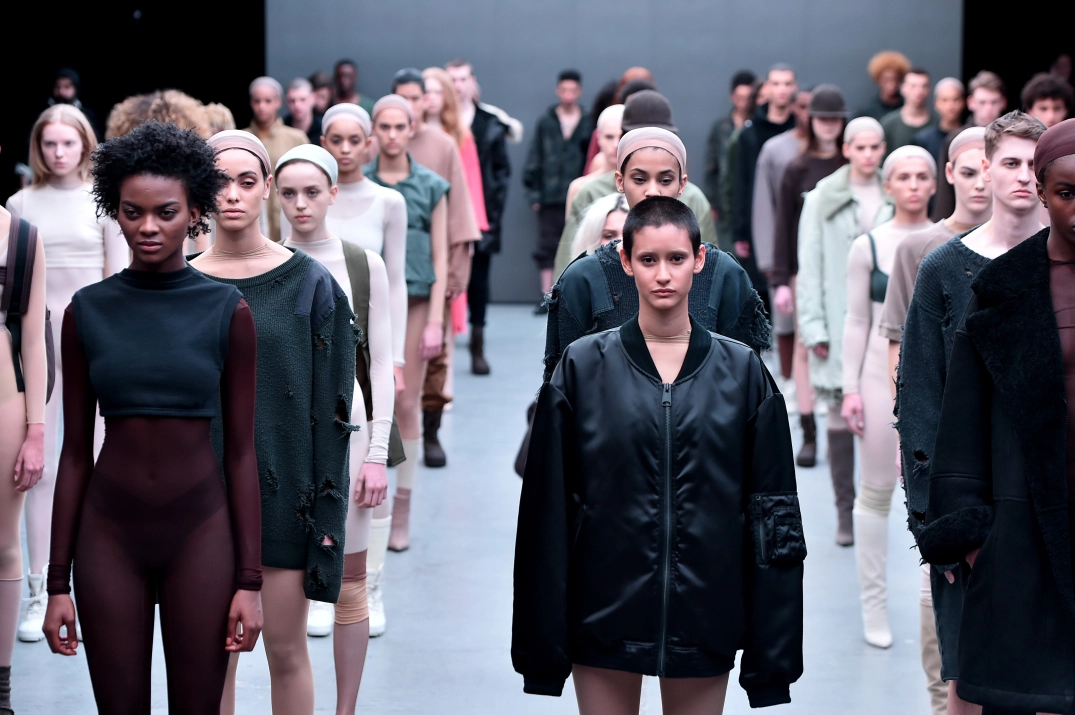
The fashion industry often presents a world of beauty and elegance through runways, magazines, and billboards. However, there is a stark reality beneath its surface that highlights a lack of diversity and pervasive racial discrimination. Despite progress in recent years, the industry still struggles with racism, limiting opportunities for models who aren’t white and perpetuating the idea that only one type of beauty is acceptable.
Colorism further intensifies the lack of diversity and racial discrimination in the modeling industry. Models with lighter skin tones are often preferred over those with darker complexions, perpetuating harmful beauty hierarchies and reinforcing the notion that whiteness is the standard of attractiveness. This bias not only limits opportunities for darker-skinned models but also reinforces systemic racism within the industry.
Black women, in particular, have faced significant challenges and discrimination within the industry. On set, Black models often experience a different reality than their White counterparts. Renowned supermodel Naomi Campbell has spoken out about her experiences with racism throughout her career, detailing the barriers to entry, unequal treatment on set, and microaggressions from industry insiders. Her experiences highlight the persistent racism that Black models endure in their pursuit of recognition and success.
Underage and Under Pressure
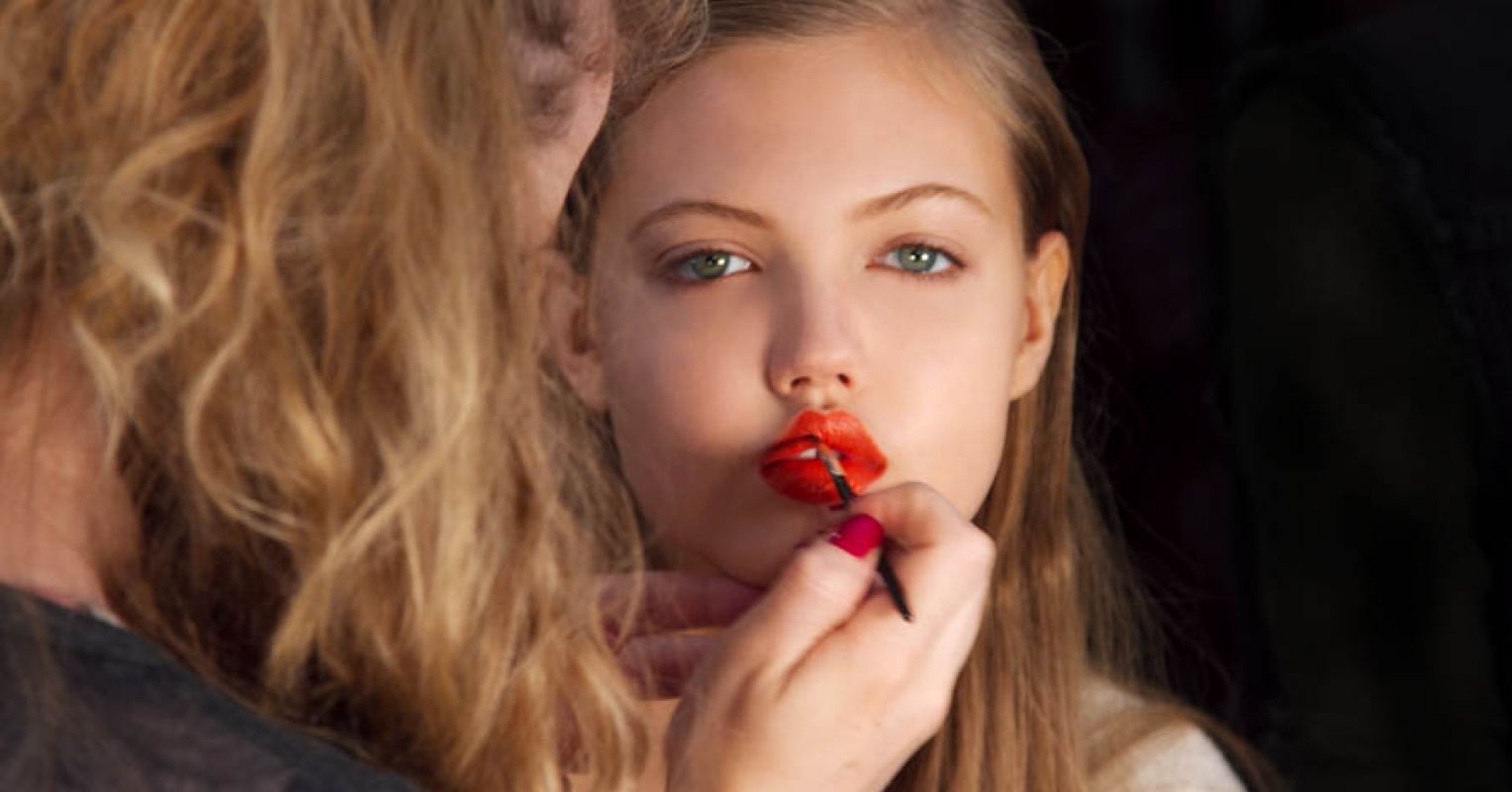
The modeling industry is often seen as a gateway to fame and success, attracting many aspiring individuals, including minors. These young hopefuls are often lured by the glamour and allure of the runway and glossy magazines, and may even lie about their age to enter the industry.
Many minors are attracted to modeling because they see it as an opportunity to immerse themselves in fashion and entertainment. They wish to be noticed, admired, and praised, especially if they crave recognition and validation at a young age. However, some minors may feel compelled to misrepresent their age to meet requirements or gain access to auditions and casting calls.
Unfortunately, minors who enter the modeling industry under pretenses may not be prepared to cope with the demands and pressures that come with it, such as long hours, intense competition, and exposure to adult themes and situations. Moreover, there have been disturbing cases of sexual abuse and exploitation within the modeling industry.
To address this issue, the New York state government passed the Child Model Law in 2013 to safeguard the rights and welfare of minors in the fashion world. This law was a significant step in the fight against exploitation and abuse in the industry.
Cosmetic Surgeries
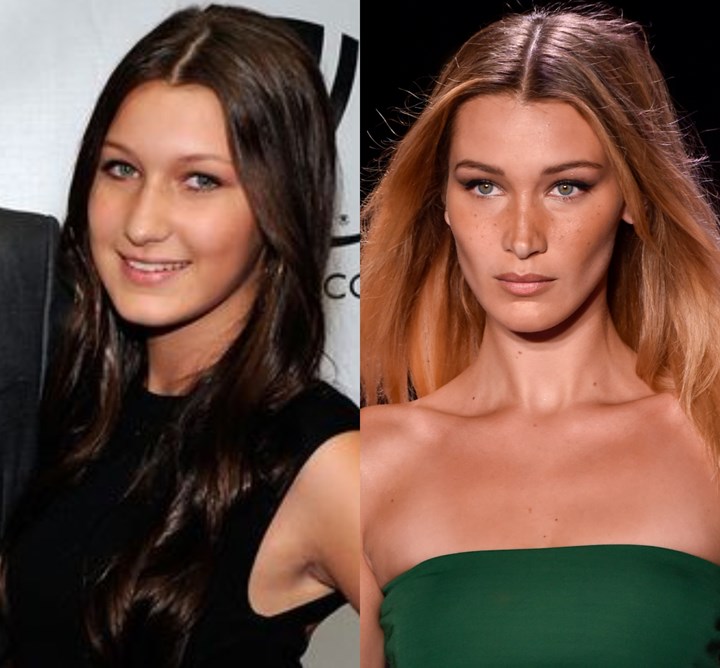
The modeling industry is a challenging and highly competitive field, where beauty standards are ever-evolving. To conform to these standards, many models undergo cosmetic surgeries to ensure they maintain a flawless appearance, which is essential to their success in the industry. Procedures such as facelifts, eyelid surgery, body contouring, dermabrasion, laser skin resurfacing, implants, and liposuction are common among models who want to remain competitive.
Bella Hadid’s nose job is a prime example of how cosmetic surgery is shaping the beauty standards in the fashion world. It’s clear that to succeed in the modeling industry, many models feel that cosmetic surgery is necessary. This has sparked a debate on the acceptance of natural beauty and has led to an increase in cosmetic surgeries among young women and models to conform to beauty standards.
Ageism and Limited Career Span
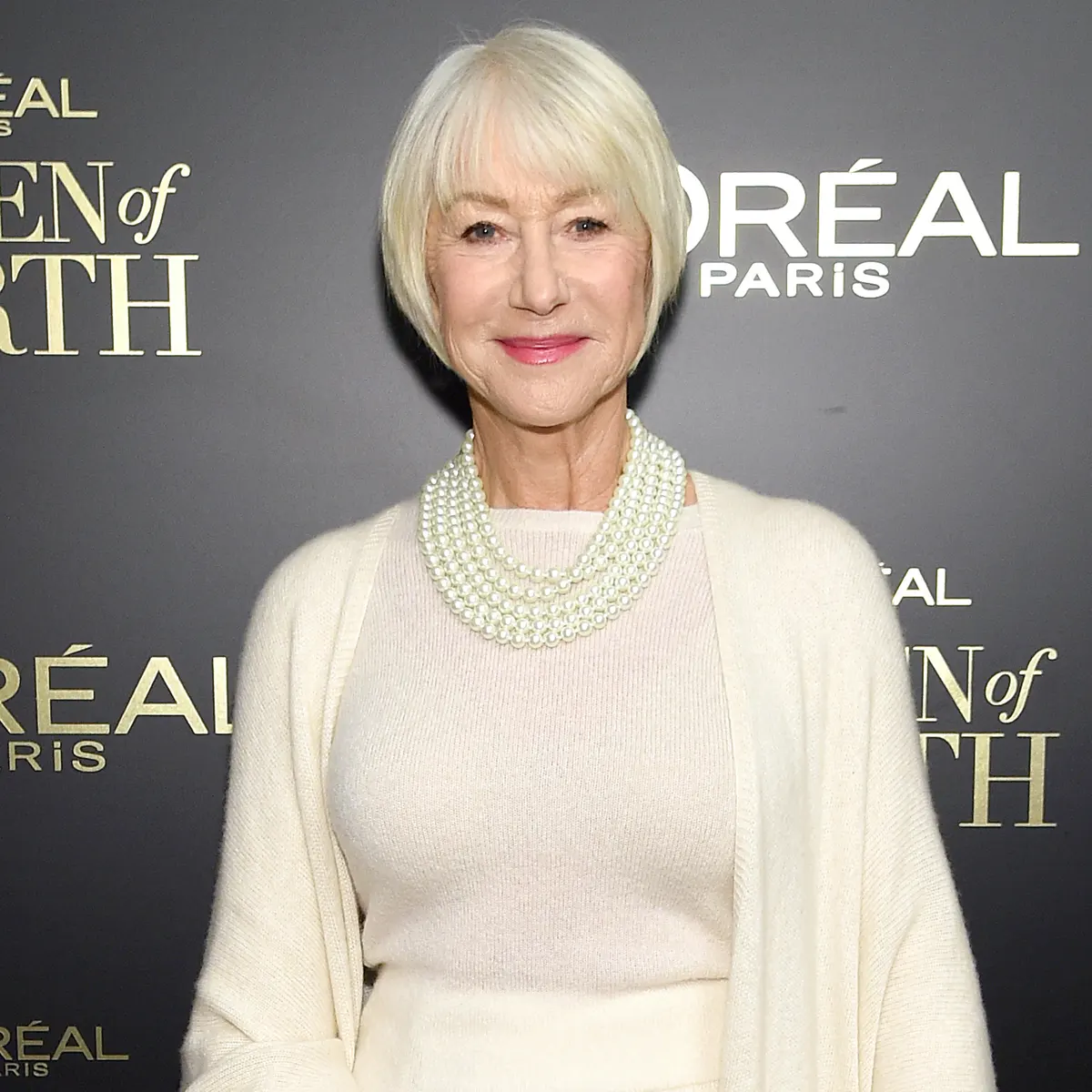
In the fast-paced world of fashion, where trends change at the blink of an eye and new faces constantly emerge, ageism remains a significant challenge for models. Unlike many other professions, where experience is valued and careers can flourish with time, the modeling industry often imposes strict age limits, creating a narrow window of opportunity for success.
For models, particularly women, the pressure to maintain a youthful appearance can be overwhelming. As they age, they often face diminishing opportunities for work, as clients and agencies prioritize younger faces that align with prevailing beauty standards. This age-based discrimination not only affects a model’s ability to secure bookings but also undermines their self-esteem and confidence in an industry that values youth above all else.
Moreover, the modeling industry’s obsession with youthfulness contributes to a restricted career span for models, with many finding themselves forced into retirement at a relatively young age. Unlike other professions where experience and expertise are valued, modeling often favors fresh faces and fleeting trends, leaving older models sidelined and overlooked.
Drug Abuse

The pressure to achieve and maintain a thin physique is relentless for many models. The industry’s fixation on size zero and ultra-slim bodies creates an environment where even minor fluctuations in weight can have significant repercussions for a model’s career. In this competitive landscape, the temptation to turn to drugs as a shortcut to weight loss can be strong, they might take things like pills to suppress appetite and increase energy levels.
Supermodel Sophie Anderton, who struggled with cocaine addiction for years, spoke out about the industry’s accessibility to drugs. She revealed that it is tough for models to avoid them entirely. It’s time for the fashion industry to prioritize the health and well-being of its models by promoting healthy and sustainable body ideals.


